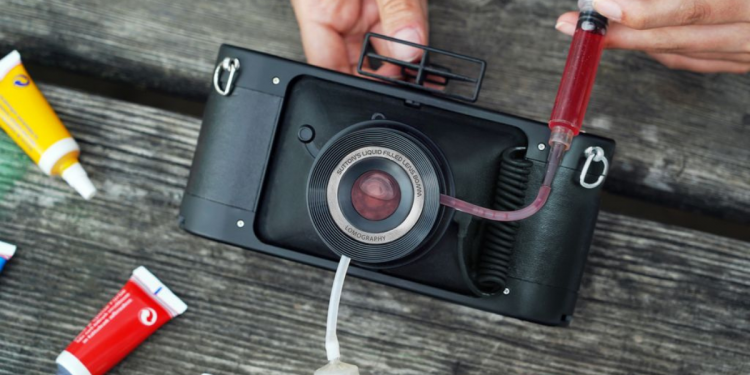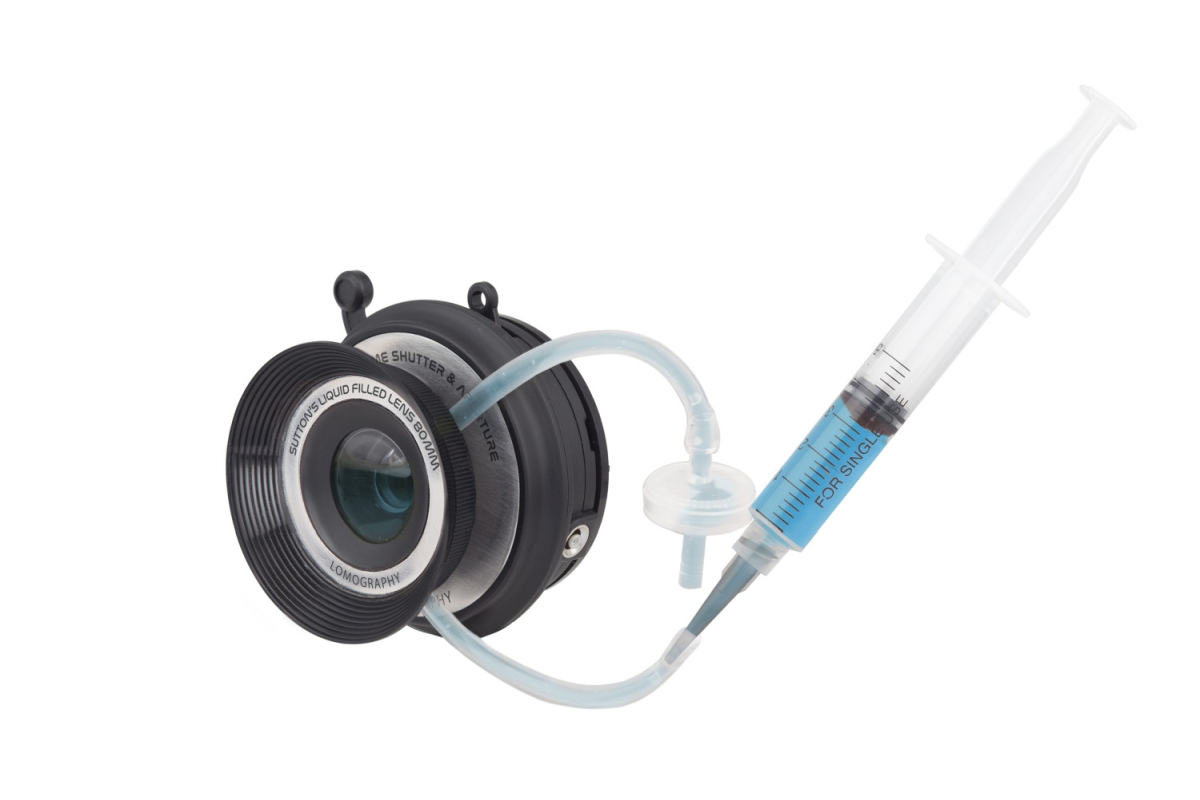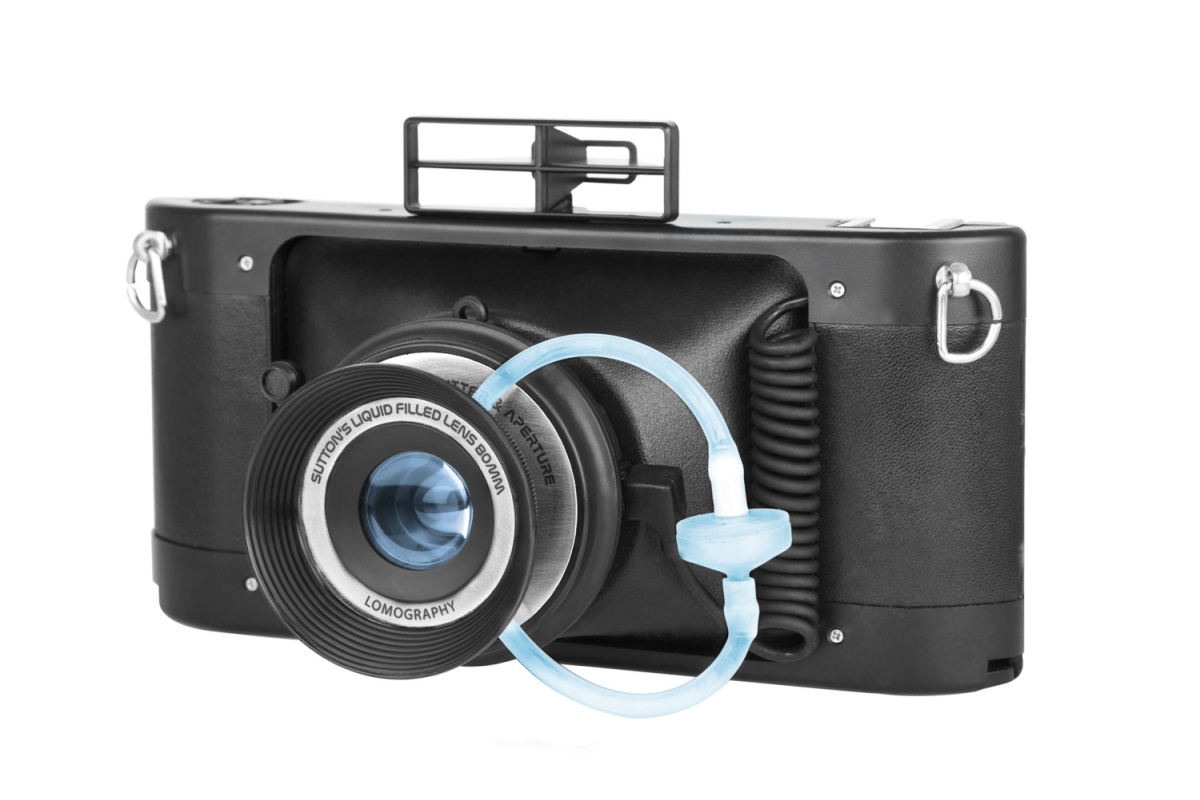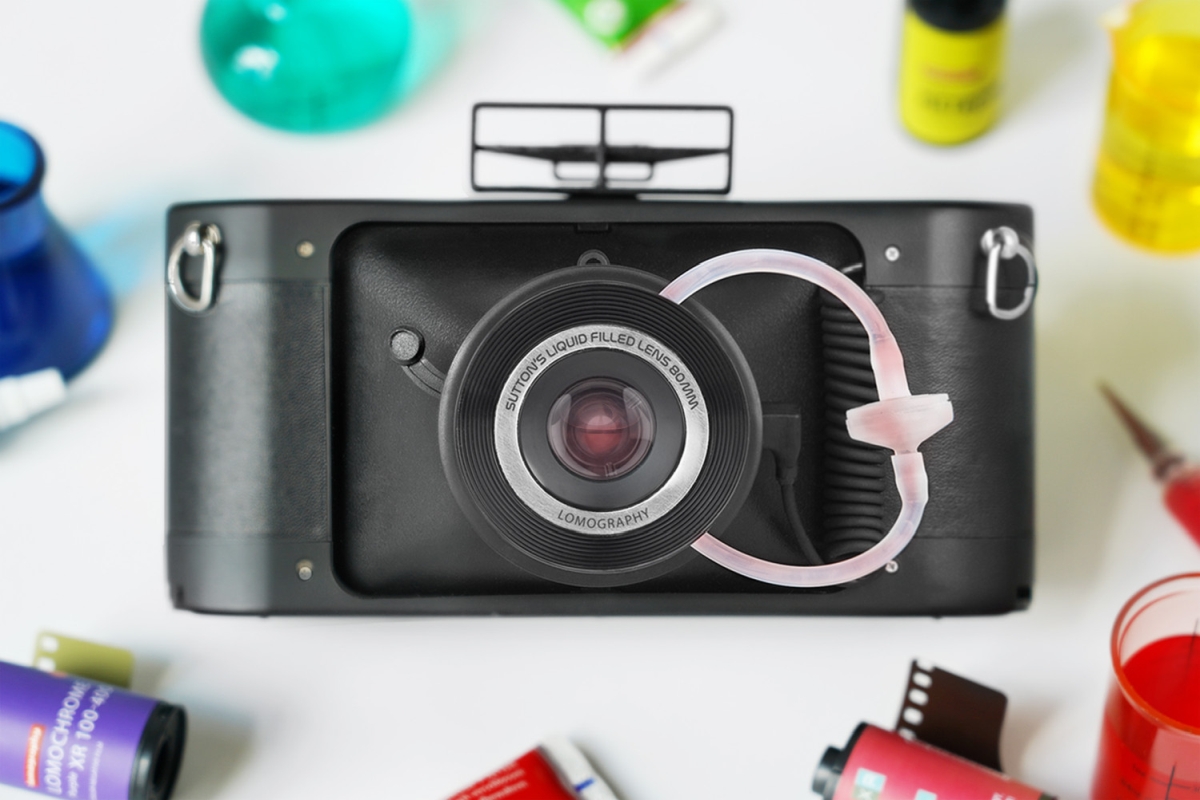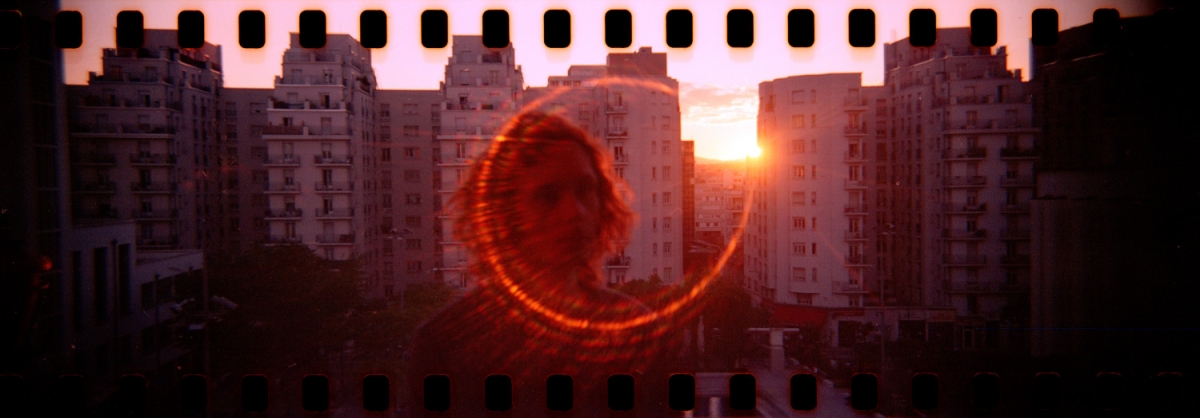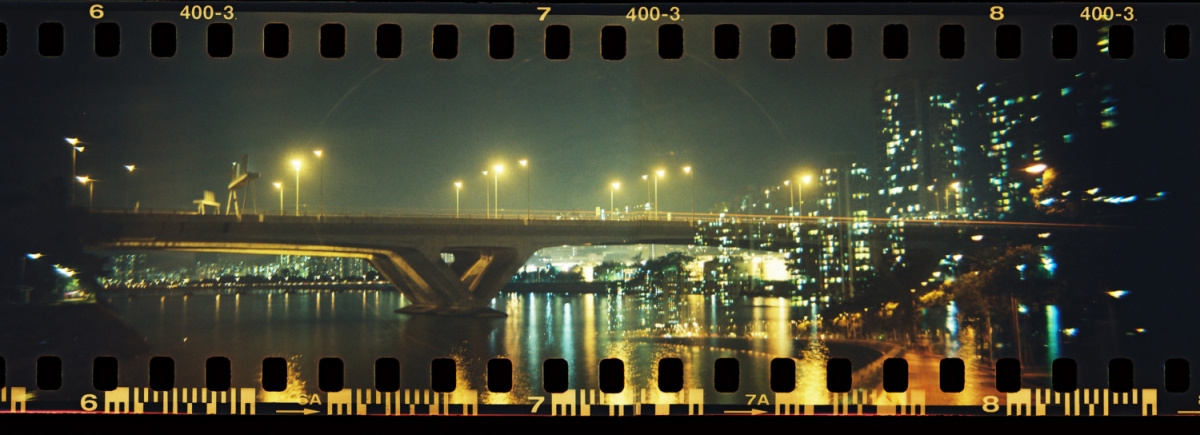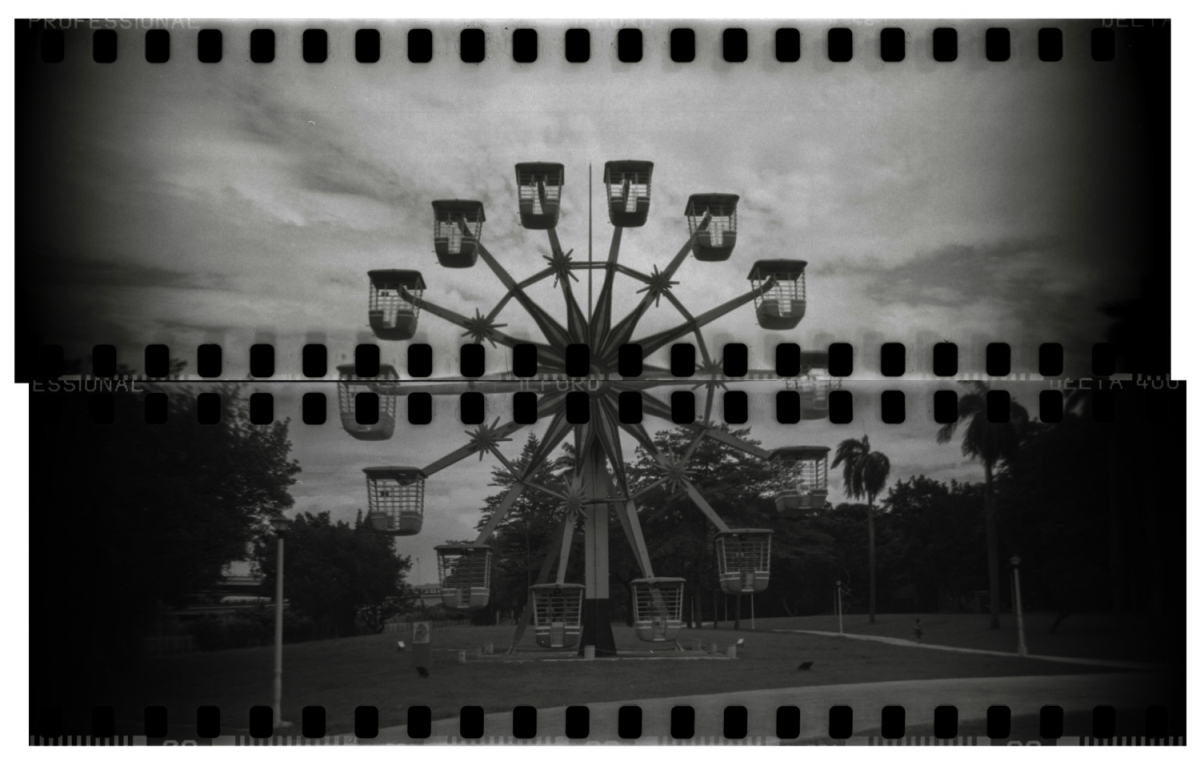Lomography has announced a new film camera that will add to the company’s range of quirky cameras. The Lomography HydroChrome Sutton’s Panoramic Belair Camera is supposedly the world’s first 35mm panoramic camera with a liquid-filled lens, with the Vienna-based company promising a host of effects and deviations for photographers to play with.
Essentially, the new camera builds on the liquid lens that was first seen on the LomoMod No.1—although that model had some durability issues, probably caused by its cardboard build. The HydroChrome should fair better in this regard, with a plastic housing (and of course, no battery required).
The Belair body will offer “extraordinary perforated panoramics”, Lomography promises, while describing the liquid-filled lens as a “unique experimental lens” to help craft special liquid effects. You can actually fill up the camera lens with (almost) any liquid, which opens up a host of effects that photographers can play with on the camera.
Lomography recommends injecting water-soluble liquids into the lens to achieve “vintage aesthetics and washed-out looks”. This includes liquids such as food colouring, watercolour paint, or even plain water. The options are virtually endless, which is why they’re referring to this as experimental photography.
There are certain liquids you should avoid, however. Glue (obviously), alcohol, and corrosive substances aren’t recommended, although you can use regular household liquids like diluted coffee, or even soy milk. And if you’re looking for inspiration, there’s even a Liquid Guide published by the company.
The HydroChrome uses a fixed-focus lens with extra aperture plates, and offers analogue sprocket holes—no digital trickery involved. As a result, you get perforated panoramics, while shot samples show off the classic lomo vignette effect.
Have a look at some samples, provided by Lomography:
The Lomography HydroChrome Sutton’s Panoramic Belair Camera will ship in November, with pre-orders now open at USD 79 (~RM328). In the box, you’ll get the camera, lens, aperture and shutter module, four aperture plates, and the liquid guide. They’re also providing a tube, valve, and syringe—which you can use to inject liquids into the lens.
So, what do you think? Would you pick this us? We’d love to hear your thoughts.

